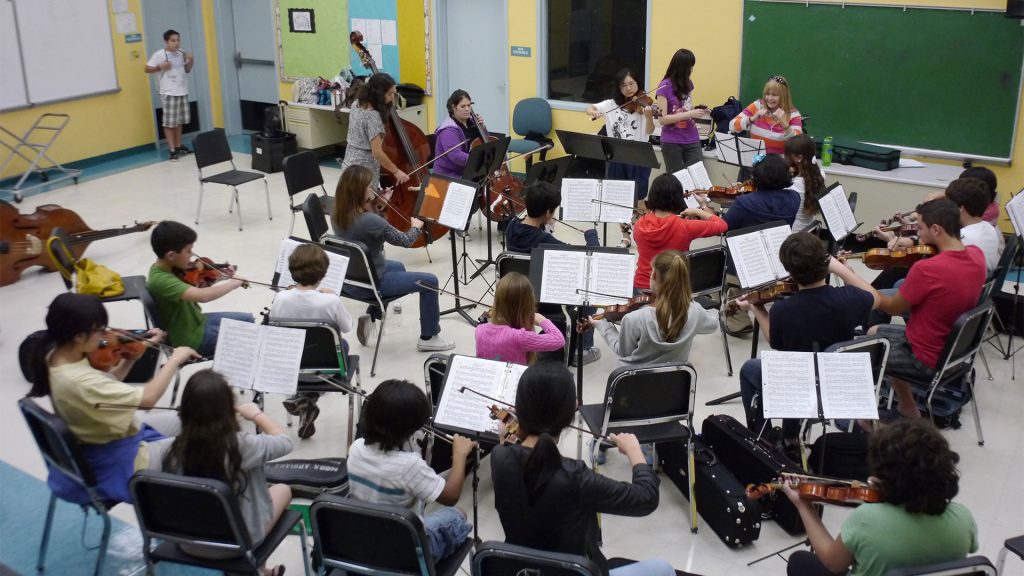Why scales are key when it comes to tackling tonality.
Comments Off on Why scales are key when it comes to tackling tonality.
Anytime we’re approaching questions or activities built around the concept of tonality or key signatures, there’s a great deal of assumed knowledge we’re trying to tap into. As with much of our musicianship elements, everything is interconnected.
We can’t teach and learn and really know tonality until we have an understanding of scales and key signatures. From there, we’re better able to identify, write, sightread in and transpose to and from a range of tonalities. How can we dive into relative keys, or what sets different scales apart without first understanding what those sharps and flats plonked right at the beginning of your music mean?
Join me now as we journey together through the circle of fifths, those ‘Father Charles Goes’ rhymes and realise why scales and their signatures are key to tonality.
In this FREE worksheet, we cover the theory and process behind transposing the Major Scale and suss what key signatures actually are. We go through those sharps and flats at the beginning of your music which belong to specific keys and must visually appear on the staff in a certain order. Lastly, we walk step-by-step through the process for finding key signatures, which is fundamental for all music aural & theory that follows.
Tones, Semitones & Transposition.
Starting with transposition on the first page of this worksheet gives us the tools we need to move further. Here, we chat through the structure of the scales that relate to key and tonality. For the Major Scale, which we use as an example, we know the interval patterns that should appear, regardless of whether you start on C or G. By highlighting where the semitones fall using slurs, we’re building a sense of how we can take this tone-semitone sequence and transpose it into other keys.
Signatures are key.
Identifying the patterns we know we need gives us other information, too. In order to make sure the tone-semitone sequence lines up in each key, we need to make intervals larger or smaller. We do this by applying a sharp or flat, but how do we make sure these are retained through that key on the rest of the music? This is where key signatures (and also accidentals) come in and now we understand their purpose.
And on page 3 of this resource, we’ve popped all the MAJOR key signatures together for you, appearing on both the treble and bass clefs. This is a really useful way to check what key the music you’re teaching, learning and listening to is actually in.
DSMusic Top Tip: Align your tonality, scales & key work with relevant repertoire!

All around the circle of fifths!
While visual listing of the scales/keys are important, the circle of fifths diagrams on the remaining pages of this worksheet give us much more information. We start with the MAJOR keys in this resource and then progress through to a preliminary look at how these relate to other keys as well. The circle of fifths shows us what goes into each of those keys (how many sharps and flats), the order in which these keys cycle through and which minor key they are related to.
This knowledge is fundamental whether you’re working through some theory sheets in a music classroom or jamming with mates!
As the circle of fifths can be visually very clear but difficult to remember when you’re trying to work out key signatures in the moment, we use mnemonic rhymes to help us:
Father Charles Goes Down And Ends Battle (for the order of sharps)
Battle Ends And Down Goes Charles’ Father (for the order of flats)
Finding your way, the key to tonality.
One of the great things about finding your way through this concept is that there are a few methods you can choose to help you. This means you’re more likely to settle on an approach that suits your needs as a musician, but it also gives us different ways to teach the how-to. Here at DSMusic we’re all about Solfa, so we love the “where sharps you see the last is ti” and “when flats there are the last is fa”. Work through the three versions of this process and see whether you agree!
The language of music acts as a sequential path of literacy, where each stage builds on the last, driven by capacity, skill and true knowledge. Scales, key and tonality are your first steps!
How can DSMusic resources support you?
And remember…
Even if you’re not always working from notated scores or needing to visually identify keys for exam purposes, musicians who collaborate, arrange, compose and perform can use tonality and key as a basis on which to build something amazing!
Happy tonality-tackling! – Deb




Comments are closed